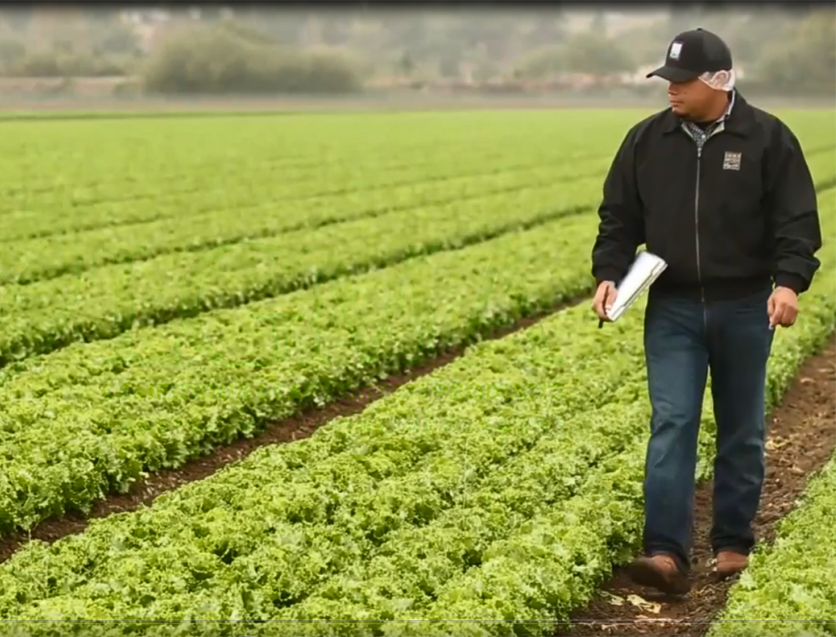The clock is ticking on the U.S. industry to implement systems that will improve traceability of food products, but stakeholders still face gaps along the supply chain.
The Food and Drug Administration published a final rule under the Food Safety Modernization Act in November 2022 that requires companies to keep new and more detailed records for some foods to allow the agency to trace foodborne illness outbreaks more effectively.
At a food safety summit hosted by Food Safety magazine, several industry stakeholders acknowledged the need for the regulations but argued that some participants in the supply chain faced significant barriers to come into compliance by FDA’s deadline of January 20, 2026.
Chris Waldrop, senior health scientist at FDA’s Center for Food Safety and Applied Nutrition, said the requirements touch on issues the agency has encountered trying to investigate outbreaks.
Currently, the agency relies on a lot of data from different points in the supply chain that is often not digitized or standardized.
 Chris Waldrop, FDA
Chris Waldrop, FDACurrently, a limited number of products are on the food traceability list, including some cheeses, produce, seafood, nut butters and ready-to-eat deli salads.
The food traceability list is expected to be updated every five years through a public process. Each product would have two years to comply once added to the list, Waldrop said.
FDA has put out educational materials and hosted discussions to help the industry meet the goals and has developed an internal traceability system so it can analyze data it receives.
Despite the 2026 compliance date, FDA doesn’t plan to conduct routine inspections until 2027. FDA also plans to discuss and work with state and local regulatory partners that will be key in implementing this rule, particularly at the restaurant and retail level, Waldrop said.
About 3,300 state and local health departments across the country inspect restaurants, making consistent enforcement a concern in the restaurant industry, said Patrick Guzzle, vice president of food science and industry at the National Restaurant Association.
“We’ve been asking the question, who’s going to enforce this for over a year?” Guzzle said. “We have not received an answer to that question. It’s a concern for restaurant operators.”
Cut through the clutter! We deliver the news you need to stay informed about farm, food and rural issues. Sign up for a FREE month of Agri-Pulse here.
FDA is still working out the details of the implementation plan and is developing training for inspectors that can be shared with state and local partners, Waldrop said.
While some are unclear how the rule will be enforced, consulting firms working with companies to meet FSMA 204 compliance warned distributors will have particular difficulties with the rules. If one step is not completed, it could disrupt the entire supply chain’s ability to be interoperable.
“That really is what’s gonna make or break the rule,” said Andy Kennedy, co-founder of FSMA 204 consulting group New Era Partners, of traceability at distribution centers.
Food manufacturers mainly need to worry about pushing out correct information, and end-of-the-supply-chain companies need to focus on receiving information, explained Angela Nordone, chief operating officer for Share-ify, which assists companies with FSMA compliance.
Distributors could receive a range of products on the food traceability list that are handled completely differently even within a single company, Nordone said. For example, how one individual working at a distribution center considers date codes for produce differs from how another person handling nut butter thinks about those codes.
Now companies have to harmonize how they manage those different categories to achieve interoperability across the supply chain, Nordone said.
FDA is aware that distributors in particular are struggling with traceability regulations. As a result, the agency plans several meetings in June with various stakeholders along the supply chain.
“We're very committed to making this rule work," said Jim Jones, deputy commissioner of the FDA’s human foods program, during the Food Safety Summit. "We recognize that if there's part of the supply chain that doesn't work, the whole thing fails, because you literally need every step of the way or the traceability to get back to where you're ultimately trying to trace.”
Another issue will be how the industry defines traceability, Nordone said. Often when companies start work on compliance, they wrongfully think they have some traceability measures in place.
Guidance from FDA will be helpful in getting every part of the supply chain to have an identical understanding of traceability and important terms like lot codes, Nordone said.
“I think companies need to start there, no matter where they are in the supply chain, and help educate people so that way they can start to retrain their brains,” Nordone said. “I think that's the biggest challenge.”
From there, companies may need to undergo a culture shift to get into compliance or even go beyond the rule.
Big companies have or will have the resources to implement complex systems, while smaller organizations could face logistical or financial challenges, said William Erdely, head of client development at Korber Supply Chain Consulting.
Other parts of the supply chain, mostly at the restaurant or distribution level, may be tracking key traceability points on paper or after a product has already been processed. It may be a bigger lift for them to find the same traceability point and require flexibility in the kind of technology used.
“You can’t force people to use a system if it doesn’t make sense for them,” Erdely said.
FDA doesn’t mandate a specific technology that components of the supply chain need to use for food traceability, but does standardize the type of information that must be collected.
Nordone said the industry is not now ready for the regulations. But many positive conversations are under way, she added. Some companies may take the regulations as a “lightning moment” to reinvent their infrastructure and implement more quality controls that benefit the business.
“I tell our customers that managing food safety keeps you out of jail; managing quality is your business case,” Nordone said.
Some companies already have implemented systems or technology for traceability. Several stakeholders point to the leafy greens industry as a step ahead due to previous outbreaks.
From experience with similar regulations in the pharmaceutical industry, Erdely said some companies will be at the forefront of implementing traceability standards while others may try to wait until the last minute to start changing their processes.
“I would say start now if you haven't started already,” Erdely said.
For more news, go to www.Agri-Pulse.com


